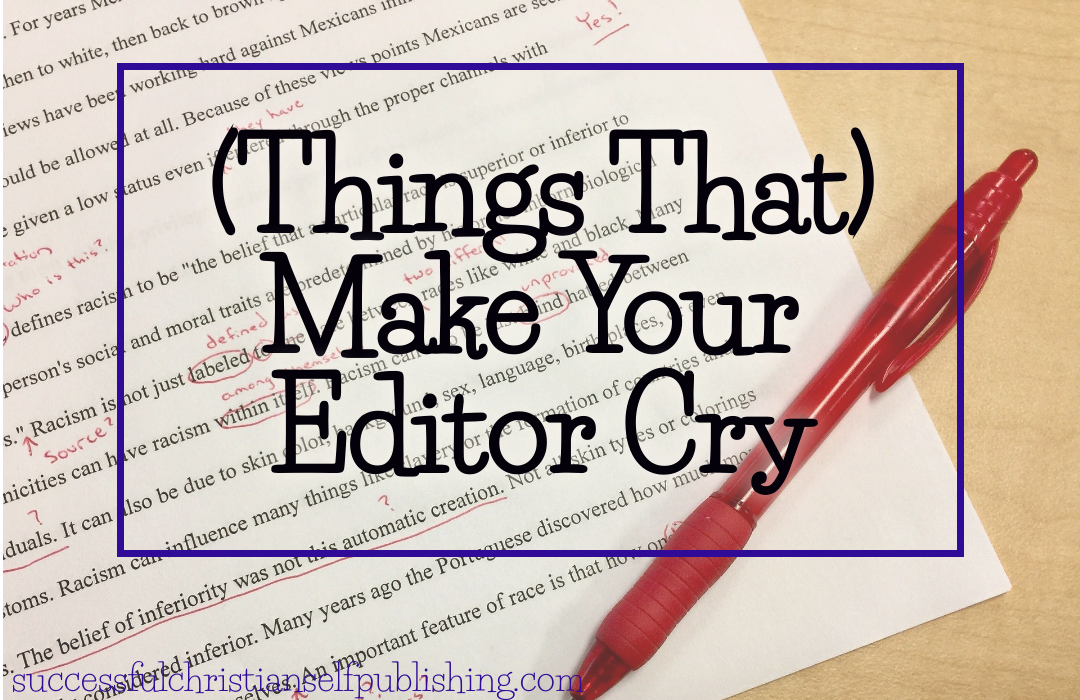Make Your Editor Cry: Active Verbs/Active Voice (aka use or non-use of “TO BE” verbs)

Use Active Verbs/Active Voice in every case when the narrative does not describe a state of being. Use Passive verbs only when describing a state of being as in “to be”.
All passive sentences use a passive “to be” verb such as am, are, is, was, were, be, being, been but not all “to be” verb sentences are passive sentences. Passive verbs should only ever be used to describe a state of being and never to describe action. Example:
Her hair was brown. It was just after 3 o’clock.
In the above examples, her hair is in a STATE OF BEING the color brown and the time is in a STATE OF BEING just past 3. It could be awkward or unclear to imbue either of the above sentences with action and they need not be revised. However, revision with an eye toward emotive action that also fits the narrative flow will improve the literary quality of the work. Example:
Her lustrous brown hair distracted him. He barely noticed the passage of time until a glance at his watch revealed the hour had raced past three.
The use of “to be” verbs in a sentence does not always indicate that the sentence is a passive sentence. However, all passive sentences always contain one or more of the “to be” verbs. A passive sentence is when the object of the sentence is promoted to the subject position. Examples:
(Passive sentence)
The letter was mailed by her.
Bananas are adored by monkeys.
The money was counted by the cashier.
The squirrel was chased by the dog.
(Active sentence)
She mailed the letter.
Monkeys adore bananas.
The cashier counted the money.
The dog chased the squirrel.
In every case, passive sentences must be made active without exception.
A present participle always ends with “ing.” For example, “dream” is a verb, and “dreaming” is its present participle. “Speed” is a verb, and “speeding” is its present participle. If one of the “to be” verbs is followed by an “-ing” adverbial present participle, this is always a good indication that an active verb is more suitable. While these sentences are not passive sentences, they still contain passive verbs and should be revised to use active verbs. Example:
(Passive verb)
Heavy rain was falling.
(Active verb)
Heavy rain fell.
More examples:
am making, is talking, are looking, was walking
These are effortlessly revised by eliminating the passive verb and promoting the adverbial to an active verb to read:
make, talked, look, walked
In nearly every case, passive verbs should be revised into active verbs.

Gregg Bridgeman is the Editor-in-Chief at Olivia Kimbrell Press. He is husband to best-selling Christian author Hallee Bridgeman and parent to three. He continues to proudly serve in the US Armed Forces and has done so in either an active or reserve capacity for more than twenty years as an airborne and air assault qualified paratrooper, earning a Bronze Star for his service. Most importantly, he was ordained in October of 2001 after surrendering his life to Christ decades earlier.






